Cross country skiing is a delightful winter activity that combines a full-body workout with the enjoyment of the serene, snowy outdoors.
Whether you're looking to improve your cardiovascular fitness or simply want to enjoy the beautiful winter scenery, learning how to cross country ski can be a rewarding experience. Here's a comprehensive guide to get you started on your cross country skiing adventure.
Understanding Cross Country Skiing
Cross country skiing, also known as Nordic skiing, is a form of skiing where skiers rely on their own locomotion to move across snow-covered terrain, rather than using ski lifts or other forms of assistance.
This sport can be enjoyed on flat terrain and gentle slopes, making it accessible for most beginners. There are two main types of cross country skiing: classic skiing and skate skiing. Each style requires different techniques and equipment.
Choosing the Right Equipment
Before you go cross country skiing, you'll need the right gear. Cross country ski equipment includes skis, boots, bindings, and poles.
The skis used in classic cross country skiing are typically longer and narrower than downhill skis, with a grip zone or kick zone underfoot to aid in propulsion. Skate skiers use shorter skis for better maneuverability.
Cross country ski boots are lighter and more flexible than downhill ski boots, connecting to the ski via bindings. Poles are essential for balance and propulsion, with pole tips that dig into the snow.
Classic Cross Country Skiing Basics
Classic skiing is the traditional form of cross country skiing, performed on groomed trails with parallel ski tracks. To start, position your skis on the tracks and push one ski forward while sliding the opposite ski.
Your arms and poles should be in sync with your legs, with the pole on the same side as the back ski planting as you glide forward. This basic movement, known as the diagonal stride, is the foundation of classic cross country skiing.
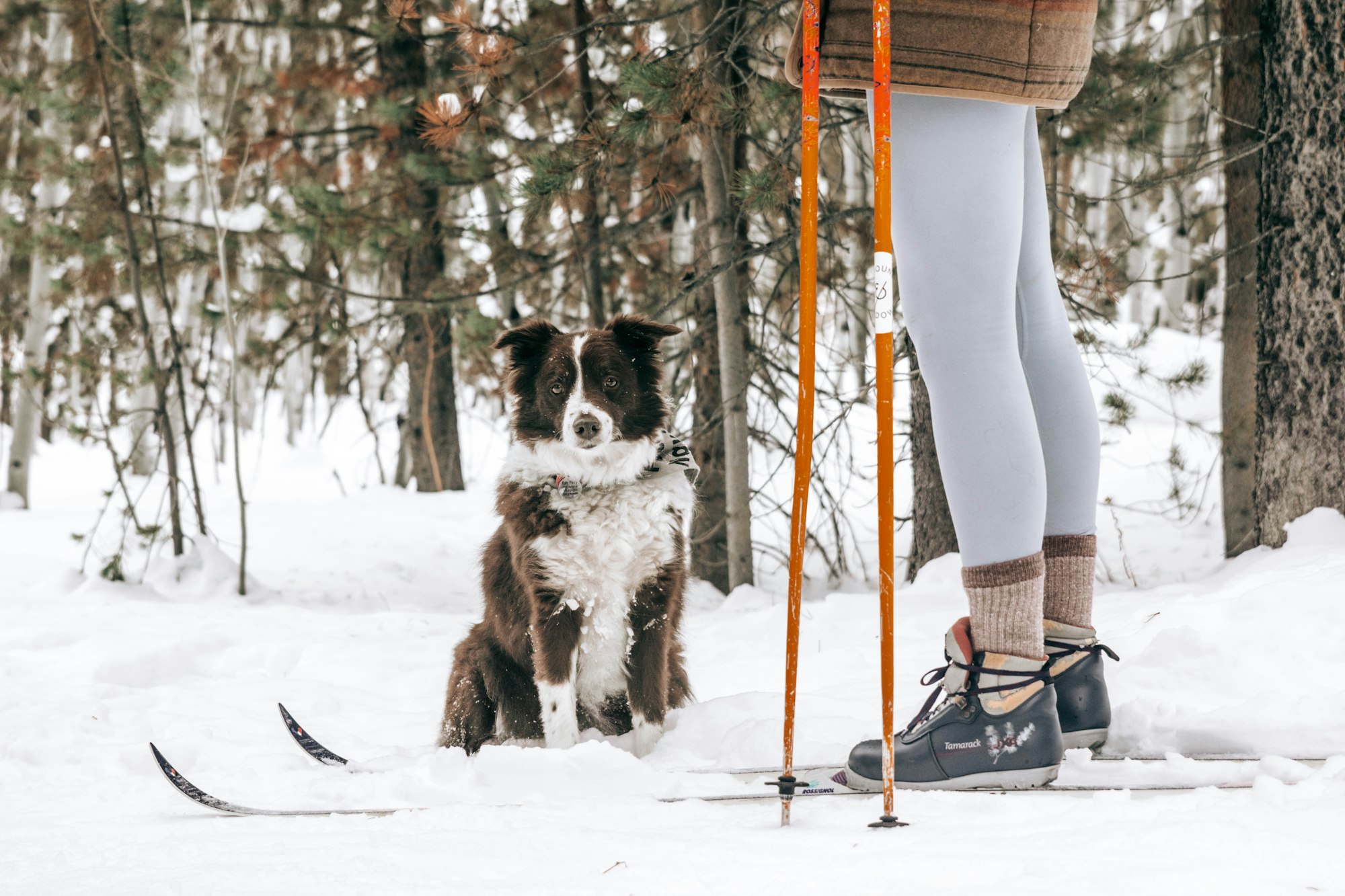
Skate Skiing Techniques
Skate skiing is a more dynamic and faster-paced style of cross country skiing, resembling ice skating. Skate skiers push off with the inside edge of one ski, propelling themselves forward while the other foot glides.
This technique is performed on wider, groomed trails that allow for the skis to be pushed out to the side. Skate skiing requires a good sense of balance and timing, as well as strong leg and core muscles to maintain the gliding motion.
Getting Started on Flat Ground
For most beginners, starting on flat terrain is the best way to learn cross country skiing. Practice shifting your weight from one ski to the other and using your poles to push off.
Focus on keeping your skis parallel and your upper body relaxed. As you become more comfortable, work on coordinating your arm and leg movements to develop a smooth, rhythmic stride.
Mastering the Kick and Glide
The kick and glide is a fundamental technique in classic cross country skiing. To execute it, press down on the grip zone of one ski (the kick) to create traction, then push off and glide on the other ski.
Alternate between the left and right skis, using your poles for additional propulsion. This motion allows you to move efficiently across the snow.
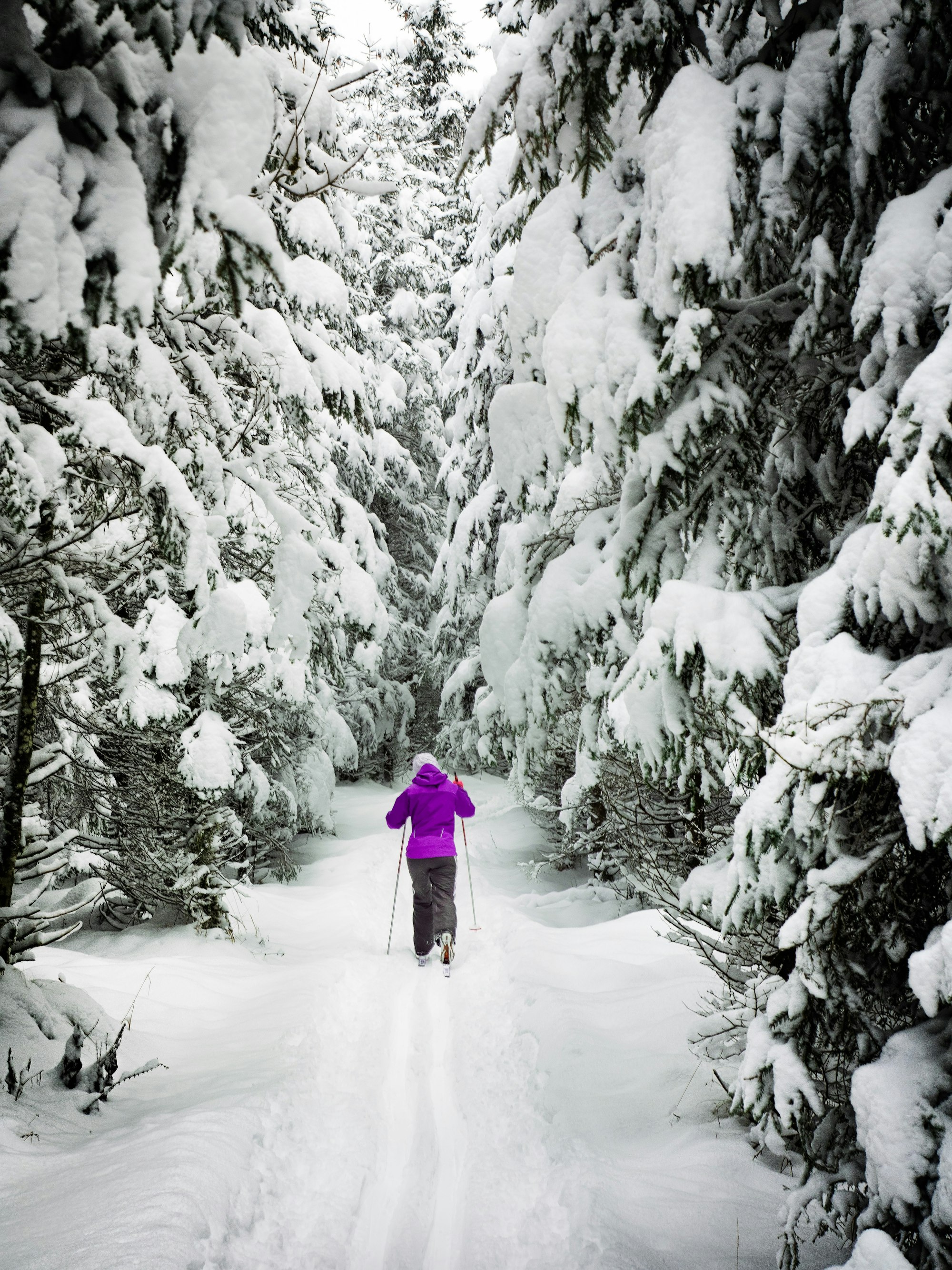
Controlling Speed on Downhills
When you encounter gentle slopes or steeper hills, controlling your speed is crucial. In classic skiing, you can use the snowplow technique, where you point the tips of your skis inward and push harder on the inside edges to create braking power.
Skate skiers often use a similar V-shaped position to slow down. Always lean forward slightly to maintain balance and control. Preparing for Varied Snow Conditions When you're a cross country skier, understanding how to adapt to different snow conditions is crucial.
Unlike downhill skiing or alpine skiing, where you often have groomed trails, time cross country skiing can mean encountering a variety of terrains and snow types. In powdery snow, you'll want to keep your skis outward slightly to maintain balance.
If the snow is icy or packed, focus on keeping your weight evenly distributed between both skis to avoid slipping. It's all about adjusting your technique to the snow beneath your skis.
In wetter conditions, your skis may stick, making it harder to glide. This is when waxing your cross country skis becomes essential. Selecting the right wax for the temperature and snow type can make a significant difference.
Remember, the goal is to keep moving forward smoothly, so don't hesitate to ask more experienced skiers or local ski shops for waxing recommendations. With the right preparation, you'll be able to handle whatever the trial throws at you.
The Rhythm of Diagonal Stride in Classic Style The diagonal stride is the heart of the classic style of cross country skiing. It's a dance-like rhythm that, once mastered, allows for efficient and graceful movement across the snow.
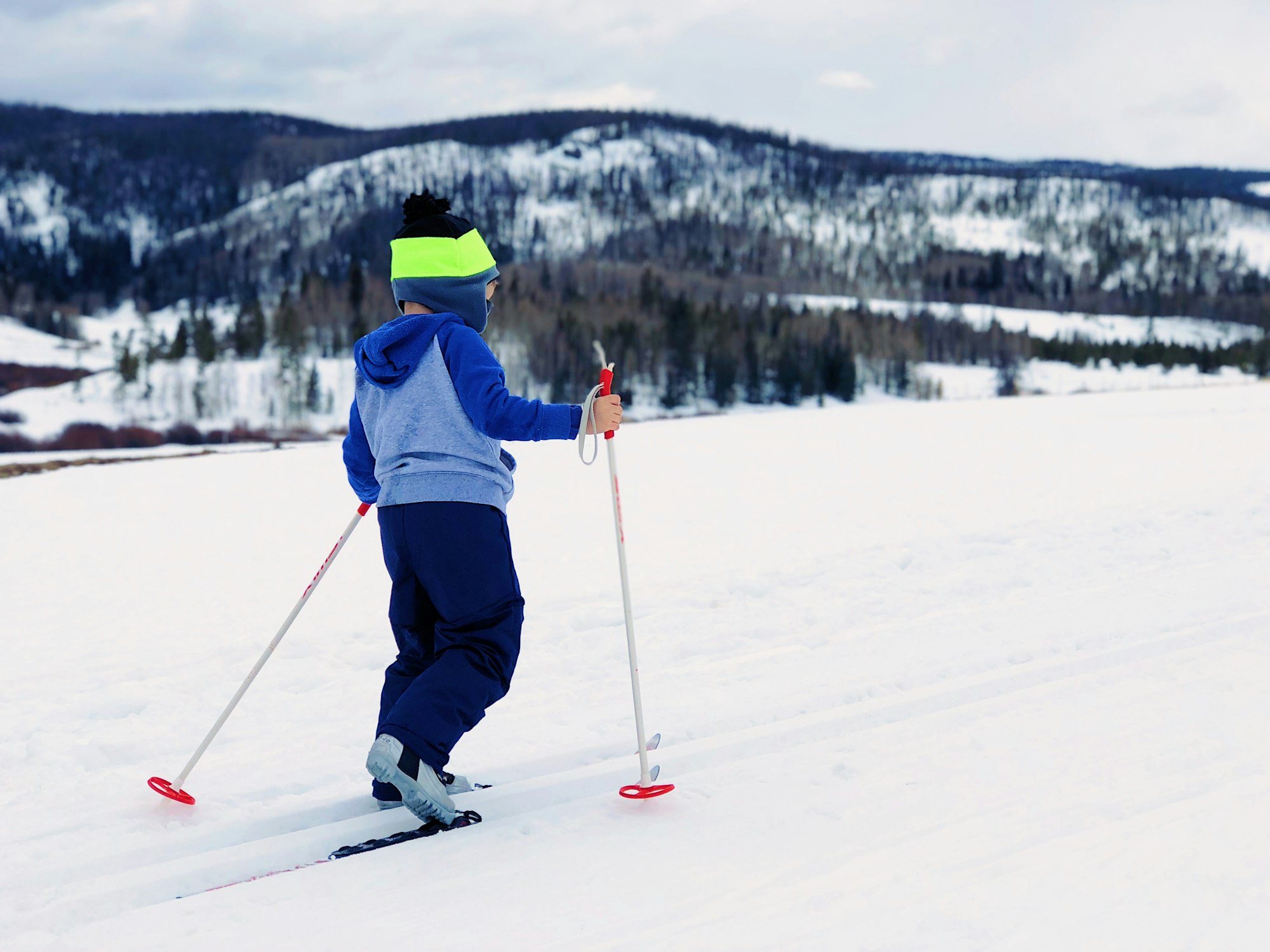
To start, push your left ski forward while simultaneously reaching your right arm forward with the ski pole. Then, as you bring your right ski to meet the left, swing your left arm and pole ahead.
This alternating pattern propels you forward, with each arm and opposite leg working in tandem.
As you continue, focus on keeping a smooth motion, almost as if you're walking on skis. Your poles should plant firmly in the snow with each stride, helping to push your body forward.
With practice, you'll find your rhythm and be able to glide over the snow with ease. Remember, it's not about speed when you're starting out; it's about finding your flow.
Keep your movements fluid, and with each outing, you'll feel more like a natural cross country skier.
Navigating Uphill Challenges
Uphill terrain requires a different approach. In classic skiing, shorten your stride and increase the frequency of your kicks to maintain momentum.
Skate skiers often use a technique called the V1, where they push off with one ski and pole simultaneously, and then quickly switch to the other side. Both styles require good technique and endurance to conquer steep hills.
Improving Your Technique with Professional Instruction
Taking lessons from professional ski instructors or snowboard instructors can significantly improve your skills.
These experts can provide personalized feedback and help you refine your technique, whether you're learning the basics or trying to master more advanced maneuvers.
The American Association of Snowboard Instructors and similar organizations offer certified instruction for cross country skiers.
Staying Safe on the Trails
Safety is paramount when you're out on the ski trails. Always be aware of your surroundings and other skiers. Use proper signals when overtaking or stopping, and be prepared for changing weather conditions.
Wearing layers and carrying a small backpack with essentials like water, snacks, and a first aid kit can help ensure a safe and enjoyable experience.

Cross Country Skiing Etiquette
Just like any other outdoor activity, cross country skiing has its own set of etiquette rules. Keep to the right on groomed trails, pass on the left, and yield to faster skiers. If you fall, move out of the track as quickly as possible.
Respect the environment by not littering and staying on marked trails to protect the natural habitat.
Joining a Ski Community
Becoming part of a ski community can enhance your cross country skiing experience. Joining a local ski club or participating in group outings allows you to meet other enthusiasts, share tips, and enjoy the camaraderie of skiing together.
Many clubs also organize events and races for those interested in a competitive aspect of the sport.
Exploring Different Ski Destinations
Cross country skiing can be enjoyed in various settings, from local parks to dedicated Nordic centers. Exploring different destinations offers the opportunity to experience a range of terrains and conditions.
Research ski resorts and parks that offer cross country ski trails, and plan trips to experience new and challenging environments.
Cross Training for Better Performance
To improve your cross country skiing performance, consider cross-training with other activities such as running, cycling, or swimming. These exercises can build the endurance and strength needed for skiing.
Additionally, practicing balance-focused activities like yoga or Pilates can help with the stability required for both classic and skate skiing.
Embracing the Winter Wonderland
Ultimately, cross country skiing is about enjoying the winter landscape and the physical and mental benefits it provides.
Take the time to appreciate the quiet beauty of the snow-covered forests and fields as you glide along. Cross country skiing is not just a sport; it's a way to connect with nature and find peace in the brisk winter air.
Some Final Thoughts
Cross country skiing is a versatile and enjoyable winter sport suitable for all ages and skill levels. By understanding the basics of equipment, learning the fundamental techniques of classic and skate skiing, and practicing on various terrains, you can become proficient in this rewarding activity.
Remember to prioritize safety, respect trail etiquette, and seek professional instruction to enhance your skills. With practice and dedication, you'll be able to fully embrace the joys of gliding through the winter wonderland.
How To Cross Country Ski
FAQ's
Is cross country skiing hard to learn?
Cross country skiing can be learned by most people, regardless of age or fitness level. It requires practice to master the basic movements, but with patience and persistence, beginners can quickly start to enjoy the sport.
What's the difference between classic and skate skiing?
Classic cross country skiing is performed on groomed trails with parallel tracks and involves a straight-ahead gliding motion. Skate skiing is more like ice skating, with a side-to-side motion, and requires wider groomed trails.
How do I choose the right cross country skis?
The right equipment depends on the style of skiing you want to pursue. For classic skiing, choose longer, narrower skis with a defined grip zone. For skate skiing, opt for shorter, stiffer skis. Boots should be comfortable and matched to your bindings, and poles should reach about armpit height when standing on flat ground. It's best to visit a specialty ski shop where experts can help you find the right fit.
Is cross-country skiing difficult for beginners?
While cross-country skiing requires some physical effort, it's an accessible sport for beginners. Start with easy trails, focus on proper technique, and gradually increase the difficulty as you gain confidence.
Do I need special equipment for cross-country skiing?
Yes, but it's not as extensive or expensive as other winter sports. Basic equipment includes skis, boots, and poles designed for cross-country skiing. Renting gear is a cost-effective option for beginners.
Can I cross-country ski if I don't have much snow experience?
Absolutely! Cross-country skiing doesn't require previous snow sports experience. Beginners can start with flat terrain and progress to gently rolling hills. Enroll in a beginner lesson to learn essential techniques and gain confidence.
How do I stay warm while cross-country skiing in cold weather?
Dressing in layers is key. Wear moisture-wicking base layers, an insulating mid-layer, and a windproof outer layer. Don't forget a hat and gloves. Adjust your clothing based on the weather and your activity level to stay comfortable.
Are there specific safety considerations for cross-country skiing?
Safety is crucial. Always check trail conditions, inform someone of your plans, and carry a trail map. Learn how to fall safely to prevent injuries. It's also essential to be aware of your surroundings and yield to others on the trail.
Can I cross-country ski if I have never skied before?
Absolutely! Cross-country skiing is beginner-friendly and doesn't require prior skiing experience. Start with basic techniques on flat terrain, take a lesson if possible, and gradually progress to more challenging trails as you gain confidence.
What should I wear for cross-country skiing in varying weather conditions?
Dressing appropriately is crucial. Wear moisture-wicking base layers to stay dry, insulating layers for warmth, and a windproof outer layer to protect against the cold. Don't forget a hat and gloves. Adjust your clothing based on the weather, and you'll be ready to enjoy the cross-country skiing experience.
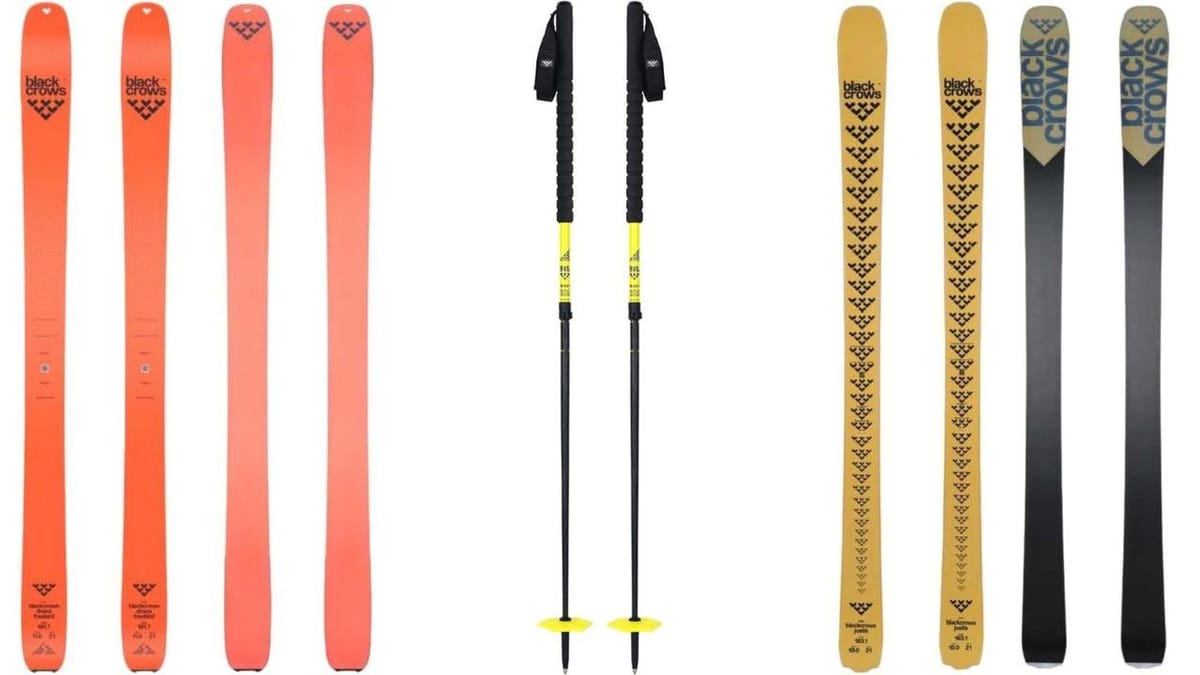






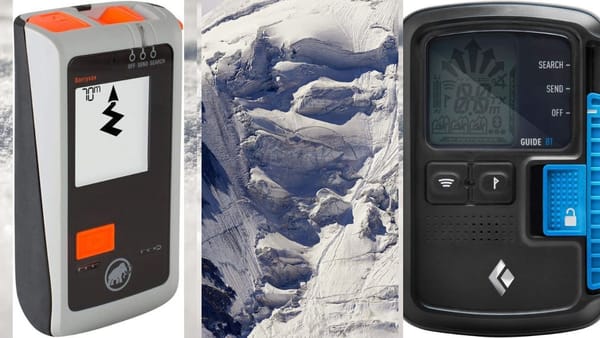
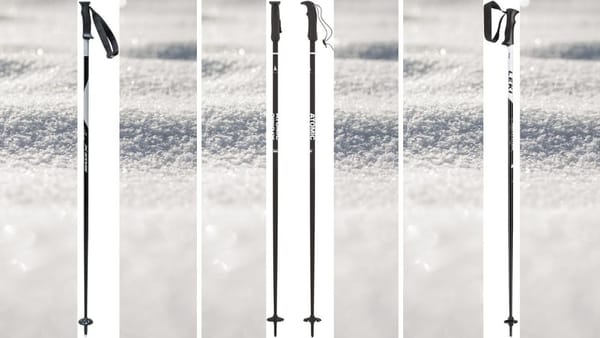



Member discussion